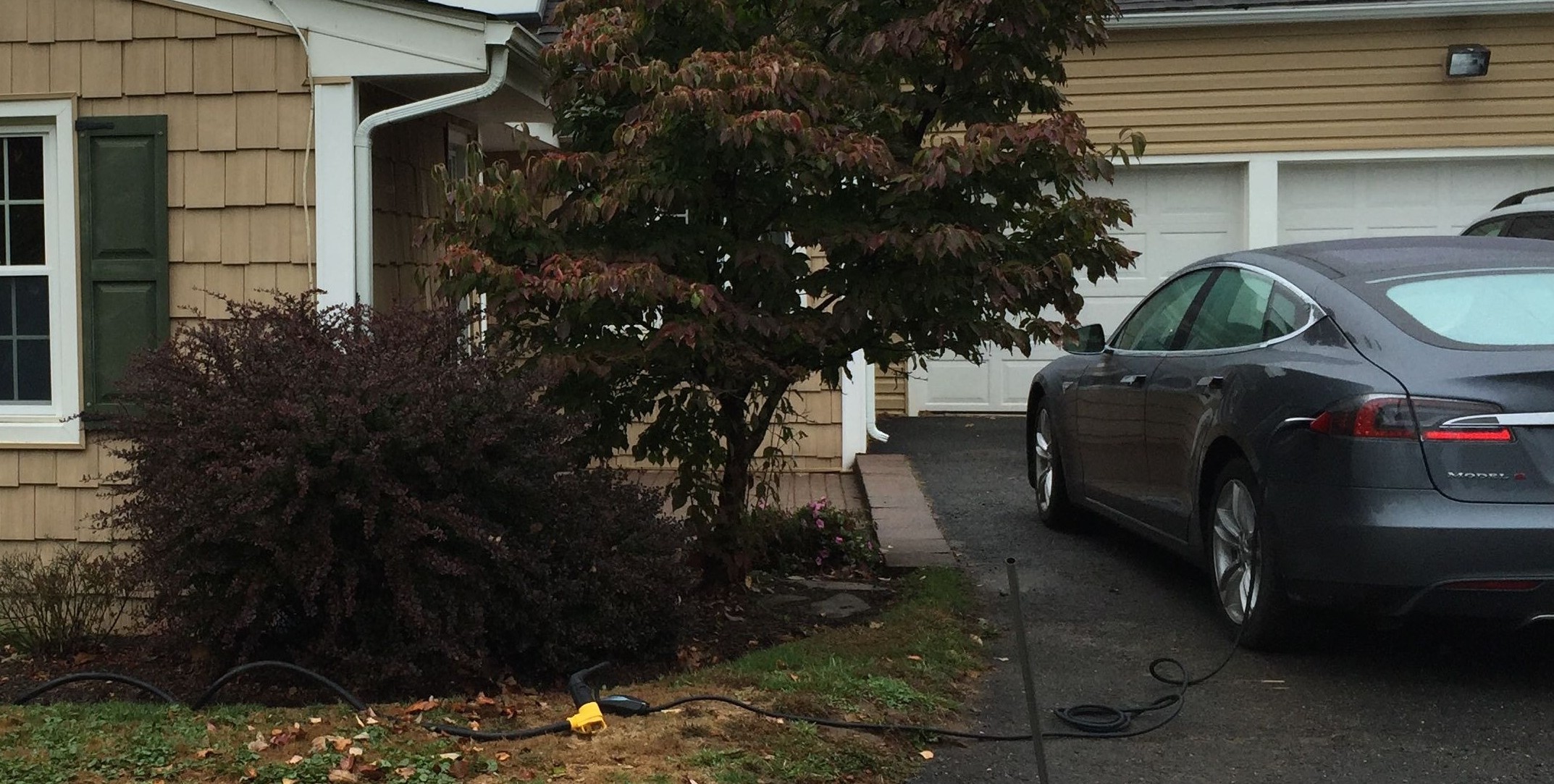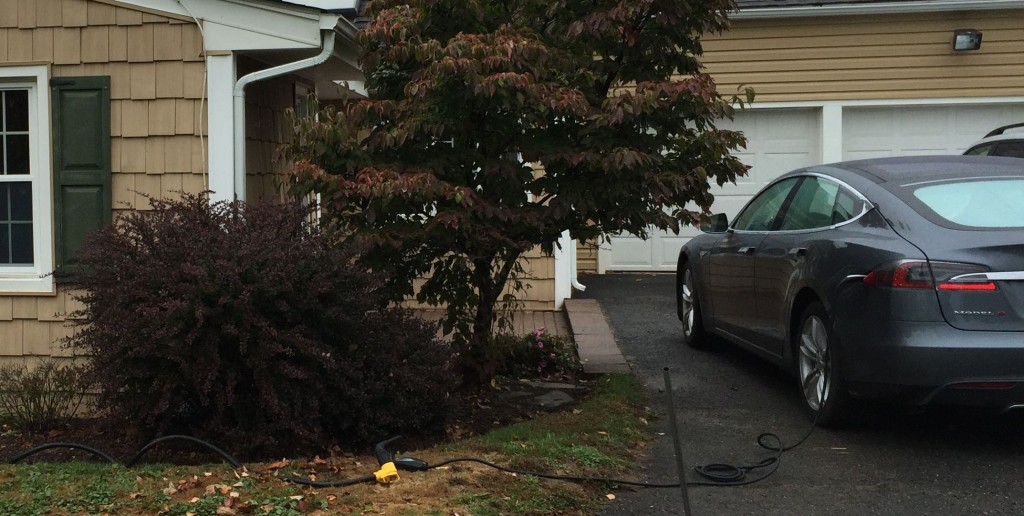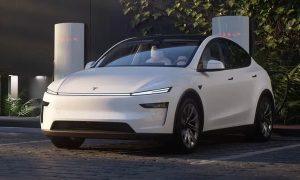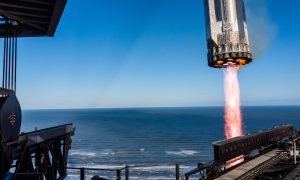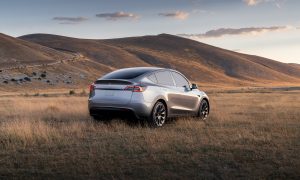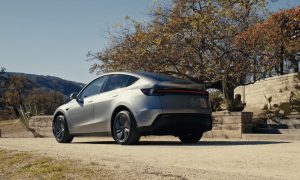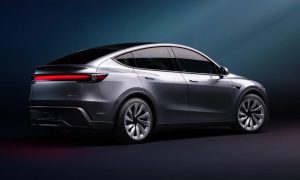I learned a lot from my first Tesla road trip – mainly to enjoy the experience, decide how much charge you’ll need at each leg of the trip and plan out your destination charging.
What Type of Wall Outlet Do You Have?
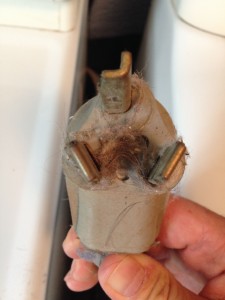 As EV owners we have a domain of expertise around charging amperage, EV specific lingo and an overall understanding of what’s needed when it comes to charging your car . However, relatives, friends and hotel staff may not necessarily be in the know of EV requirements. Case in point is the type of wall outlet that EVs can plug into. It’s your duty to plan ahead of time and figure out whether your destination charging will be anything more than a standard 100V wall outlet.
As EV owners we have a domain of expertise around charging amperage, EV specific lingo and an overall understanding of what’s needed when it comes to charging your car . However, relatives, friends and hotel staff may not necessarily be in the know of EV requirements. Case in point is the type of wall outlet that EVs can plug into. It’s your duty to plan ahead of time and figure out whether your destination charging will be anything more than a standard 100V wall outlet.
I happened to locate a beat up plug that led me to a NEMA 10-30 outlet at the destination of my last tesla road trip. The bad news was that I did not have an adapter available for the UMC and, even if I did, I couldn’t plug the car in since the only place I can park the Model S was nearly 40 feet away.
Official Tesla Motors Charge Adapters
Tesla Motors has UMC adapters for many of the common outlets, however at $45 + shipping I found it to be too expensive. Even with the adapter, the 20 foot UMC cable still wouldn’t get me to the outlet.
Tesla’s official statement is to avoid using extension cords when charging, but the reality is that many owners have resorted to using extension cords as a way to reach outlets much further away than what the UMC can support.
Aftermarket Charge Adapters
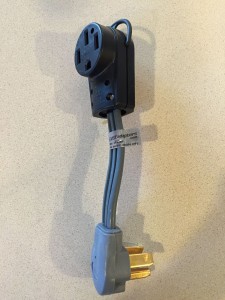 I came across EVSEadapters which specializes in adapters for people with EVs. They have a dedicated section for the Model S that contains many different types of plug adapters including the NEMA 14-50R to 10-30P adapter ($55) that I needed.
I came across EVSEadapters which specializes in adapters for people with EVs. They have a dedicated section for the Model S that contains many different types of plug adapters including the NEMA 14-50R to 10-30P adapter ($55) that I needed.
The adapters can be order with a short stub of a cable or with a 10 foot extension. Since 10 feet still wasn’t going to help me reach my outlet, I decided to purchase the shortest (and cheapest) version.
ALSO SEE: Tesla Expanding Charging Network Beyond Superchargers
The EVSEadapter folks put a very important reminder on the adapter that your max charge rate should be no more than 24A on this adapter. The reason for this is that outlets are rated at their max amperage but for continual draw (like a long charging session) you should only charge at 80% of that maximum. So a 10-30 outlet would not be designed or configured to sustain more than 80% x 30A = 24A of sustained draw.
Be sure to set your Model S charging amperage to a level that your outlet can support.
Why do you have to worry about it? The reason is that this adapter confuses the UMC into thinking it’s using a NEMA 14-50 outlet hence it will try to draw 80% of 50A or 40A which can be dangerous. So you need to be very careful and dial down the amperage to a level that your outlet can support.
The next step is getting this adapter to plug into the wall out that’s 40 feet away.
What Type of Extension Cords Are Safe?
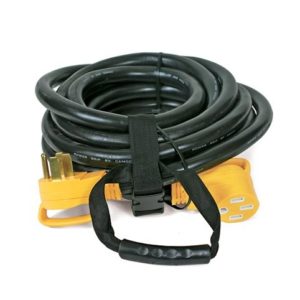
Camco 55195 50 AMP 30′ Extension Cord
If you want to extend high power over longer distances you need a thick enough cord that can support the additional current. I decided to extend the UMC’s NEMA 14-50 adapter by using a Camco 55195 50 AMP 30′ Extension Cord with PowerGrip Handle.
This super heavy duty (6 gauge) cord extends a NEMA 14-50 connection by 30′. It comes with a strap to hold the cables together as well as a carrying handle. You need all that because this sucker weighs in at 24 pounds! This one heavy duty cable costs about $100.
It’s vital to have a quality cable that can handle the current draw without heating up. A hot cable is not only an inefficient use of power (since the energy is converted into heat from the resistance) but also potentially dangerous.
Tesla Destination Charging Solution
With the adapter and extension cable, I was able to make it to the driveway with length to spare. I dialed down the Tesla Model S charge setting to 24 Amps, plugged her in and began watching it charge. I checked the outlet and each connection point to make sure no heat was building up.
The result? Cool as can be and I was charging at 18 miles/hour, 6x faster than a traditional 110V wall outlet!
The destination charging accessories cost me a total of $155, or essentially the cost of 2 tanks of gas which I would have paid anyway had I drove my old SUV. But more importantly, the increased charge rate gave me peace of mind to sightsee and travel locally without having to worry about going back to a 110V, 3 miles/hour destination charge.
Good destination charging makes for happy EV owners.

